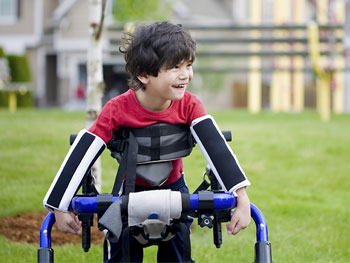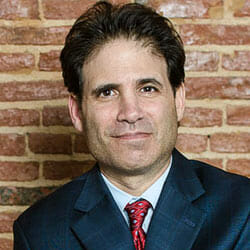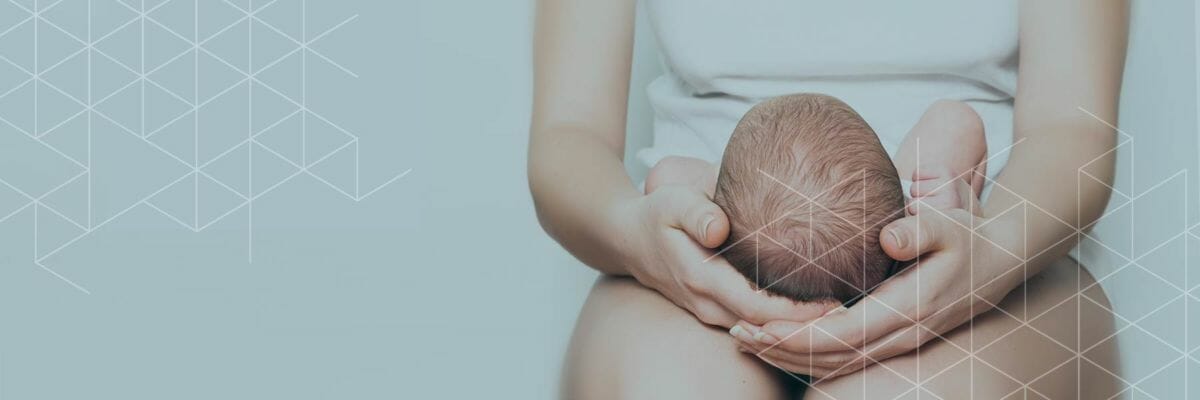The Facts About Cerebral Palsy
 The most common childhood motor disability, cerebral palsy (CP) strikes approximately 1 in 323 children in the U.S. The disorder affects the ability to learn physical tasks such as crawling, walking, running, tying shoes, and writing and is part of a group of disabilities known as “static encephalopathies,” a blanket term often used to describe many different chronic movement disorders. The effects of cerebral palsy can range from barely discernable movement impairments to profound loss of muscle control. CP occurs because of brain injury that happens before, during, or after birth.
The most common childhood motor disability, cerebral palsy (CP) strikes approximately 1 in 323 children in the U.S. The disorder affects the ability to learn physical tasks such as crawling, walking, running, tying shoes, and writing and is part of a group of disabilities known as “static encephalopathies,” a blanket term often used to describe many different chronic movement disorders. The effects of cerebral palsy can range from barely discernable movement impairments to profound loss of muscle control. CP occurs because of brain injury that happens before, during, or after birth.
Some demographic facts regarding CP:
- CP is more common among boys.
- About 41 percent of those with CP also suffer from epilepsy. The incidence is highest when limited to no walking ability is present.
- About 6.9 percent of those with CP also have autism spectrum disorder (ASD). ASD is most common among those with non-spastic CP (those with a more severe form of CP).
- Over half of the children (58.2 percent) are able to walk on their own.
- About 10 to 15 percent of CP happens after birth in the early years of life. Some causes of early-life CP are falls, motor vehicle accidents, and infections such as meningitis.
The Centers for Disease Prevention and Control (CDC) tracks the incidence of CP through its Autism and Developmental Disabilities Monitoring (ADDM) Network.
Categories of Cerebral Palsy
CP is generally divided into three main types:
- Spastic cerebral palsy. Range of movement is limited because of muscle stiffness and weakness. One side or both sides of the body can be affected. A little less than 80 percent of those with CP have the spastic variety, which is the least severe kind of CP.
- Dyskinetic cerebral palsy. A non-spastic form of CP that is marked by involuntary movements that range from stiff and rigid to loose and floppy. Often affected are speech and hearing. Athetoid CP is a form of dyskinetic CP that can involve additional problems.
- Ataxic cerebral palsy. This is the rarest form of non-spastic CP, affecting about 5 percent of sufferers. It is marked by abnormal, unusual movements, including difficulties in making precise movements, and a lack of balance. Hand movements can be very unstable and speech can be irregular.
It is not unusual for CP sufferers to have a combination of more than one of these types.
What Causes CP?
CP can be caused by a number of factors. Some of these sources include:
- Low birth weight/inadequate nutrition before birth.
- Premature birth.
- Disruption of oxygen supply to the brain before, during, or after birth. This can be caused by an ischemic stroke or a prolapsed umbilical cord.
- Infections, which can include a placental infection (chorioamnionitis) or other infection in the mother. Chorioamnionitis accounts for 12 percent of spastic CP in full-term births and 28 percent of spastic CP in premature births.
- Failure to diagnose and treat jaundice, low blood sugar, or meningitis.
- Failure to treat seizures during and/or after delivery.
- Failure to treat slow fetal heart rate during delivery.
CP is “non-progressive,” meaning that it won’t get worse over time. However, CP can be extremely serious, resulting in the need for a lifetime of care.
Early Signs of CP
CP that has its origins in prenatal or birth situations is often not diagnosed until past the age of one, but frequently before two. Milder cases might not be diagnosed until between the ages of three and five. Children with CP will exhibit developmental delays in motor skills. More severe cases will demonstrate difficulties in swallowing, eating, holding the head up, maintaining erect posture, and so on. There can also be problems with bladder and bowel control, learning difficulties, hearing, visual and speech struggles, and the onset of epilepsy or ASD.
Economic Costs
Birth injuries resulting in cerebral palsy put families in a terrible position emotionally and financially. Families must contend with the hurt, shock and disappointment of a birth injury as well as the financial hardship of extended and catastrophically expensive hospital care, lifelong therapy, special equipment, counseling and other costs that impair quality of life for the child and family. In these challenging times, consulting a Baltimore birth injury lawyer can provide the necessary legal support and guidance to navigate through this complex situation.
The fact is that CP results in ongoing, significant expenses for medical care, special education, rehabilitative care, automobile and home modifications, and so on. There are also indirect costs such as occupational limitations and a loss of future productivity and wages. Some estimate that 80 percent of the costs of CP are due to these indirect costs. CP has an enormous impact on a child’s future, as well as the fiscal future of the child’s family.
Birth Injuries That Can Be Legally Actionable for CP
Legally-actionable birth injuries that result in CP are complex, often involving extremely technical issues of both medical treatment and liability. Incidences of CP that result from negligence and medical malpractice usually arise from the following:
- Delays in delivering the baby, which can cause oxygen deprivation.
- Failures to diagnose chorioamnionitis or other infections.
- Using forceps or vacuum extraction improperly during delivery.
- Not identifying prolapsed cord or other umbilical cord problems.
- Improperly monitoring fetal and maternal distress.
- Failure to diagnose and treat jaundice, low blood sugar, or meningitis.
- Failure to treat seizures during and/or after delivery.
- Failure to treat slow fetal heart rate during delivery.
If your child has CP and you had a difficult or out-of-the-ordinary birth, you might want to explore your legal options.
How Can We Help You?
Not all cerebral palsy cases are caused by medical negligence and malpractice. Many different factors can directly or indirectly cause CP. However, if your family has reason to believe that negligence was a factor in your child’s suffering a brain injury leading to CP, Maryland medical malpractice attorney Steven H. Heisler, also recognized as a dedicated Baltimore brain injury lawyer, may be able to help. Steve has been practicing law in Maryland since 1988. In 1996, however, he decided to focus exclusively on personal injury law. Why? Because Steve has a heart for helping people, deciding many years ago that his education and experience could best be put to use advocating for the rights of folks who were harmed through the actions of others.
No amount of money can compensate for a lifetime of disability. Nonetheless, compensation can help pay for ongoing medical care and support, special home care, transportation equipment, and other expenses that cause families severe financial hardship. If you have questions and would like an experienced birth injury attorney to watch over your family’s interests while you focus on your loved ones, contact the Law Offices of Steven H. Heisler for a free initial consultation by calling (410) 625-4878 today, or use our online form.

Attorney Steve Heisler
Steve Heisler decided in 1996 that he was going to focus his law practice exclusively on injury cases. Since then, he has been representing injured people against insurance companies, disreputable medical practitioners and Big Pharma, and doing it with compassion, honesty and level-headed rationality. [ Attorney Bio ]

